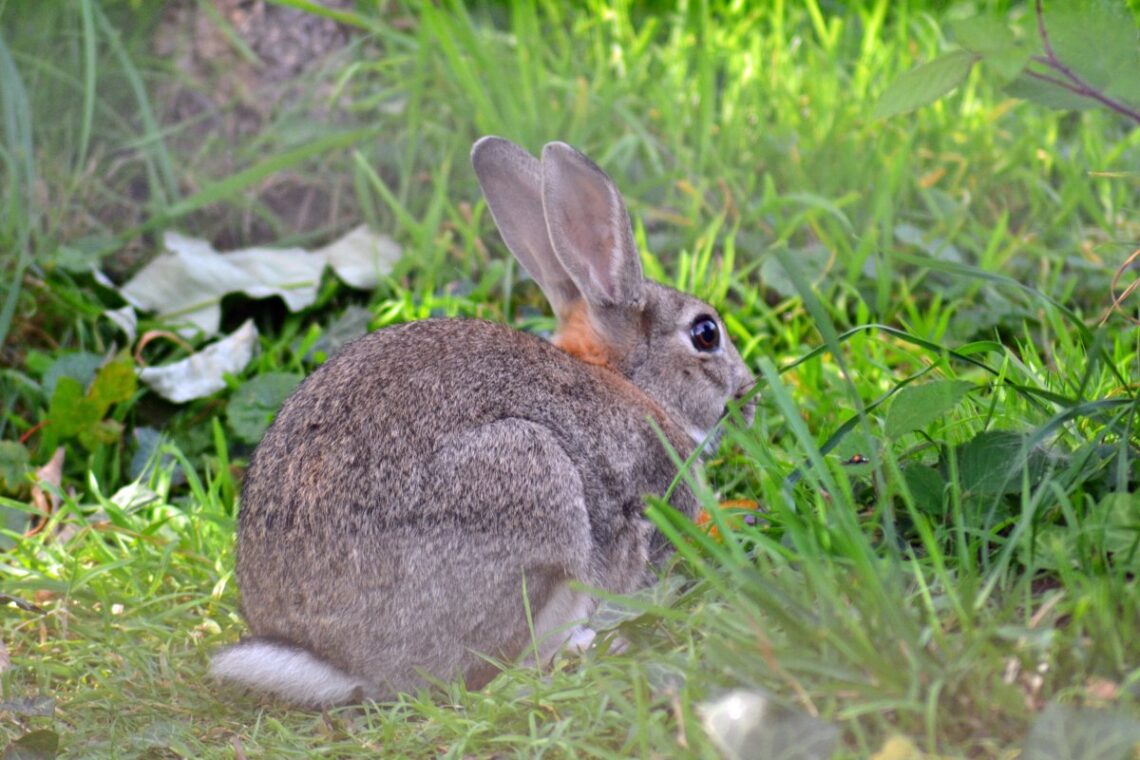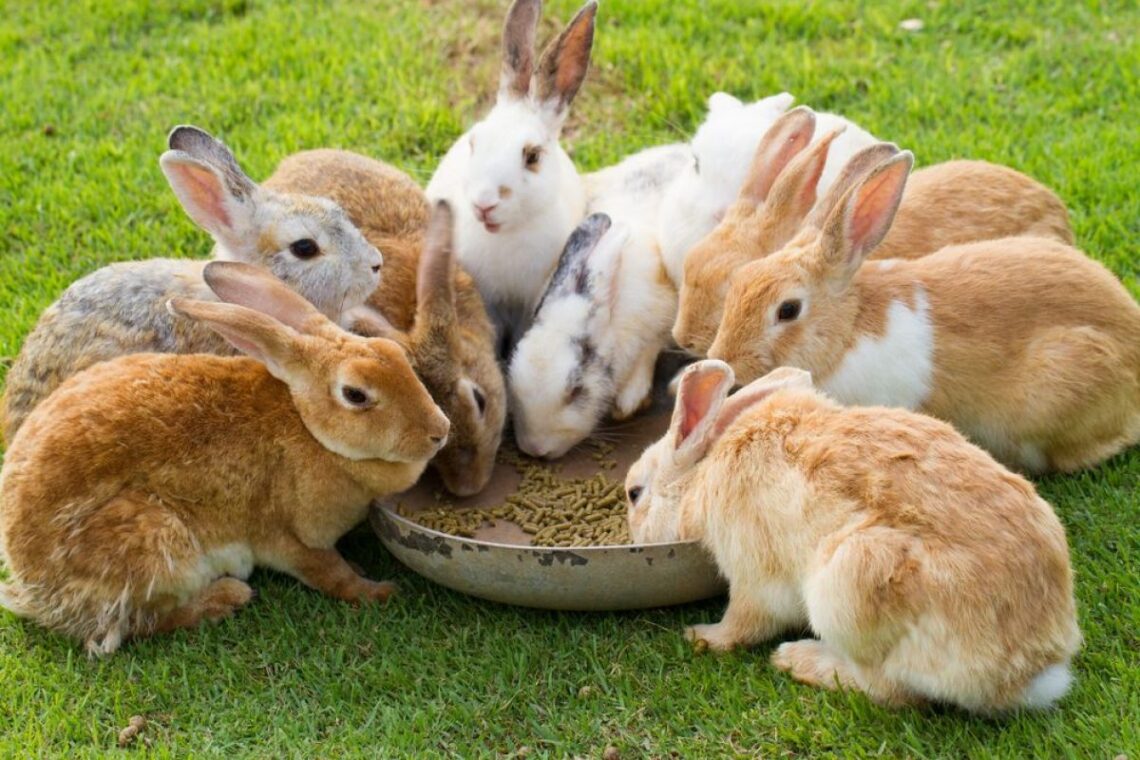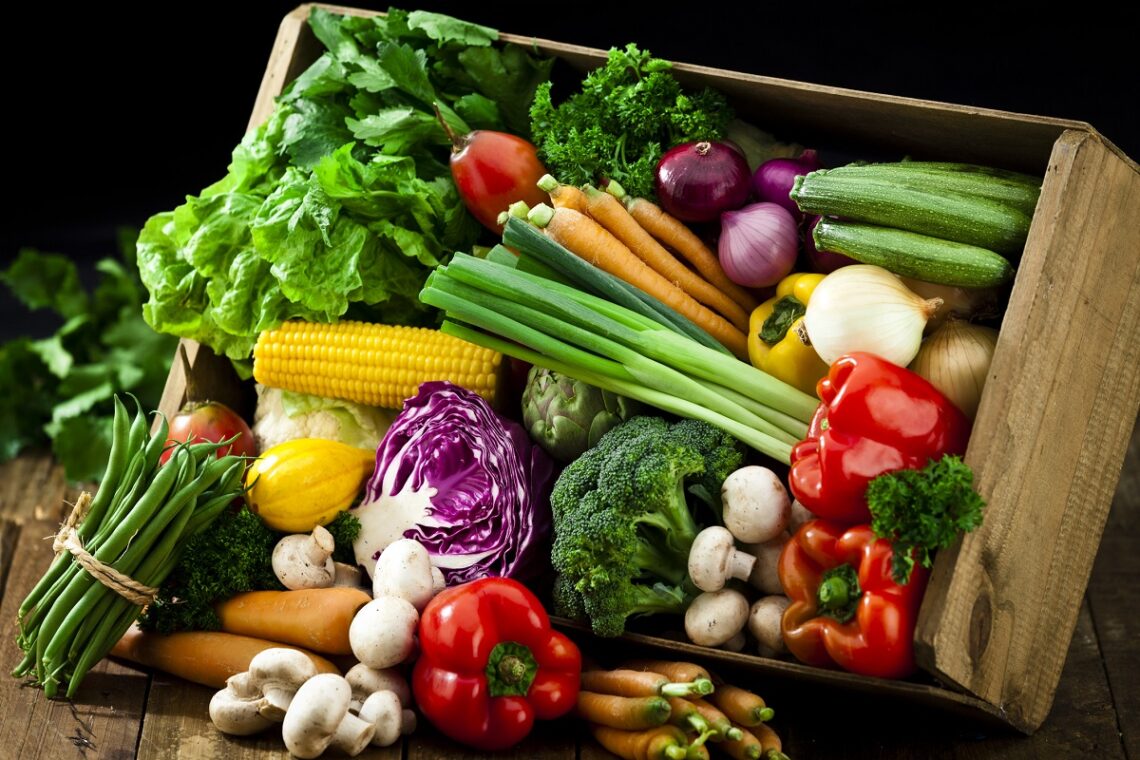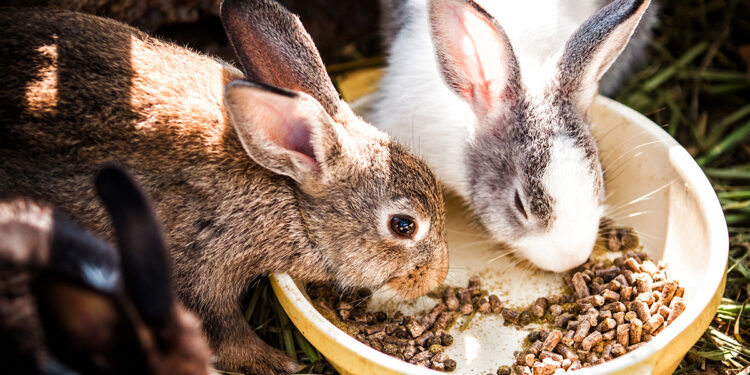You are probably looking for rabbit food because you have one of these pets in the house. Having a rabbit can be very rewarding and it is enjoyable to see them running around the garden. They are usually friendly and easy to caress. They can be considered excellent pets, as they get along well with both dogs and cats.
If you want to be on the safe side, don’t feed your pet dry food at all and instead use a variety of fresh food from the meadow or from the supermarket.
Meadow, twigs, vegetables, and the like not only provide the rabbit with sufficient liquid to effectively prevent dreaded diseases in rabbit keeping, such as bladder gravel or kidney damage, or rabbit cold but also provide the rabbit with all the necessary nutrients. So it stays healthy for a long time.
Looked at the wild rabbit’s plate

There is still a stubborn opinion that rabbits primarily need commercial rabbit food for a balanced diet.
This assumption is put into perspective at the latest when you look around at the wild relatives. Wild rabbits cannot resort to ready-made rabbit food.
Instead, they primarily feed on leaf tips, various herbs, buds, and other green parts of plants. In winter, in particular, they also like to switch to bark and roots.
Although your domesticated rabbit may not look like a wild rabbit anymore, its digestive system still works the same as its ancestors.
Accordingly, you would do well to orientate yourself on the diet of a wild rabbit for the best rabbit food for your darling, so that your rabbit stays healthy for a long time.
You don’t have to buy expensive rabbit food in stores for this but should look around in the garden and in the fruit and vegetable department in the supermarket.
Basics of rabbit feeding

If you look at nature, the first thing you notice is that rabbits eat almost all day long with short breaks.
This is due to the way their digestive system works. The intestine of a rabbit is comparatively thin-walled and shows little peristalsis.
Where in humans the food pulp is smuggled through the system by intestinal movements, the rabbit is dependent on the constant supply of food in order to push the food pulp further.
Long periods of starvation throughout the day can therefore upset a rabbit’s gut balance. For you and your rabbit, this means that you should give your rabbit access to rabbit food at all times.
Fresh feed as a basis
Lots of health benefits
The be-all and end-all of healthy rabbit food is a large amount of fresh food. This can be collected outside or bought in the supermarket and consists of herbs, twigs, vegetables, and fruit.
This food contributes in many ways to keeping your rabbit healthy.
The fresh feed ensures that it takes in enough liquid so that there is no risk of kidney or bladder diseases.
The intensive chewing and the high content of silicic acids in the plant parts ensure an even wear of the constantly growing teeth.
And compared to commercially available rabbit food containing sugar and grain, fresh food puts a significantly lower burden on the intestines, so diarrhea is also significantly less common.
Wild-picked deliciously served
According to the wild model, rabbit food should consist mainly of grass, herbs, and leaves. You can bring these with you from your own garden or from a walk in the park, for example.
In the city, it is worth looking for fresh herbs on playgrounds because dogs are usually not allowed to loosen themselves here.
You should make sure that there are no ticks or other parasites in the collected rabbit food. The range of edible green is wide and includes, for example, various kinds of grass with seed heads, dandelion, buckhorn, chamomile, and chickweed, but also leaves and branches of hazelnut, willow, or linden.
In principle, rabbits can get everything they need in terms of nutrients and vitamins from this wild food. However, the prerequisite for this is that they always receive a wide selection of different plants as rabbit food, from which they can choose as required.
On your own property, you can also let your rabbits graze independently in an outdoor enclosure on the meadow after they have settled in.
However, since the varied green feeding is usually not so easy for the rabbit owner to implement in reality, this basis can be supplemented with suitable vegetables and fruit.
Supplement from the vegetable shelf

Especially in winter, it can be difficult to collect a sufficient amount of fresh food in nature.
But even in summer, it is not always possible to get large quantities of different plants every day so that your rabbit can optimally cover its nutrient and vitamin needs.
It is therefore essential to buy additional rabbit food. Vegetables are a suitable supplement, which should make up about 20 percent of your rabbit’s optimal diet.
However, if vegetables are the main component of your rabbit’s diet, for example in the cold season, the rule of thumb is that you should always offer five different types of vegetables so that a colorful and healthy mix of nutrients ends up in the bowl.
Various types of lettuce, cucumber, broccoli, celery, and fennel are suitable as rabbit food. Root vegetables such as parsnips and carrots are also popular, but due to their high energy content, they should be fed more sparingly, especially to overweight animals.
Fruit as a special treat
Fruit can also be part of your rabbit’s diet. However, due to the high sugar content, it should only be an addition to rabbit food, which should not exceed 10 percent of the daily ratio.
It is best to stick to the local varieties, as many exotic fruits are not well tolerated. Apples, strawberries, and rose hips, for example, are a healthy addition to low-energy rabbit food.
Dry food as a supplement
Roughage for the teeth
In addition to the fresh, juicy basic food made from herbs, leaves, vegetables, and fruit, some dry food should also be given.
Roughage in the form of species-rich mountain meadow hay and dried herbs is particularly important for even wear of the teeth.
Roughage provides the necessary roughage if your rabbit’s diet is temporarily less fresh meadow herbs.
Also, with the dried meadow, a good mixture of different plants with different compositions is always available.
In addition, hay is an indispensable activity food, because many rabbits love to pick out exactly the right blade from the haystack.
Feed rabbit pellets only when necessary

There is usually no need to buy rabbit food that consists of pressed pellets or a conventional feed mix. Sometimes, when the rabbit has an increased energy requirement, feeding a small amount of protein and energy-rich pellets can be useful.
A rabbit’s energy requirements may be higher, for example, if it is ill or pregnant or has to come to terms with the lower temperatures when kept outside in the enclosure.
Giant breeds such as the German giant pinto often also need a lot of energy.
If you want to feed conventional dry food, you should always make sure that it is grain-free rabbit food.
Because grain has been shown to impair the intestinal flora of many rabbits and can lead to intestinal problems and diarrhea. On average, no more than one spoonful of pellet food should be fed per kilogram of rabbits.
Read Also: Teddy Dwarf
Gentle transition
If your rabbits have been getting mainly grain-containing or grain-free rabbit food from the trade, you should approach the diet change to more species-appropriate rabbit food cautiously.
A rabbit’s digestive tract is very vulnerable, so it must be introduced to an increased amount of fresh food slowly.
In this way, your dwarf rabbit’s organism can adapt to getting the moisture it needs mainly from food, just like its wild relatives.
If your rabbit suddenly gets a large amount of fresh food without getting used to it, there may be a risk of stomach overload and diarrhea.
You should also try different types of green fodder step by step, with only one new type a day. In this way, you can immediately recognize if your rabbit does not tolerate a feed well and avoid it in the future.
Even after the winter break, your rabbit must be reintroduced to the fresh food from the meadow
Rabbit food is a basic requirement for long-lasting health
Feeding a rabbit healthily isn’t particularly difficult, but it does require you to research what exactly you can feed them beforehand.
Instead of buying rabbit food, fresh herbs and twigs from outside and fruit and vegetables from the supermarket offer you the opportunity to feed your rabbits a varied and species-appropriate diet and to effectively prevent some dreaded rabbit diseases such as misaligned teeth and intestinal problems.




